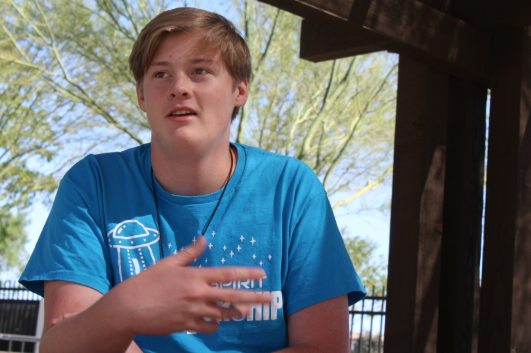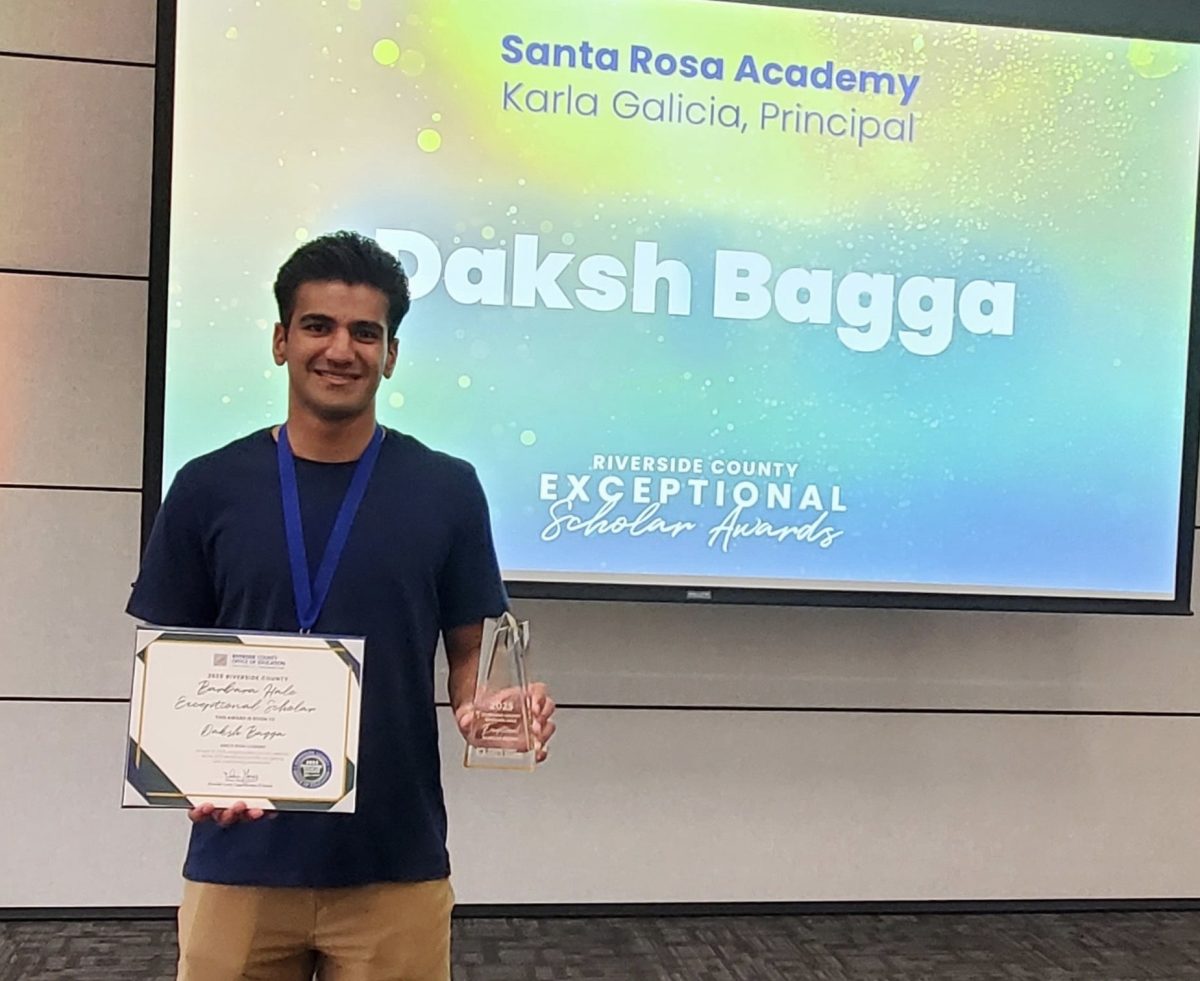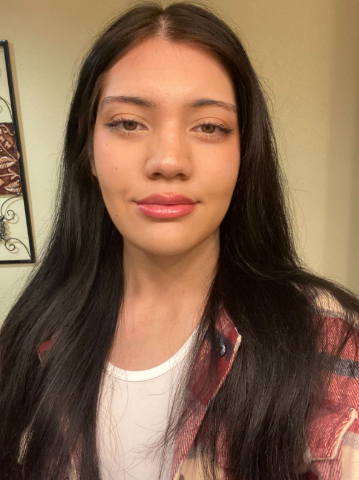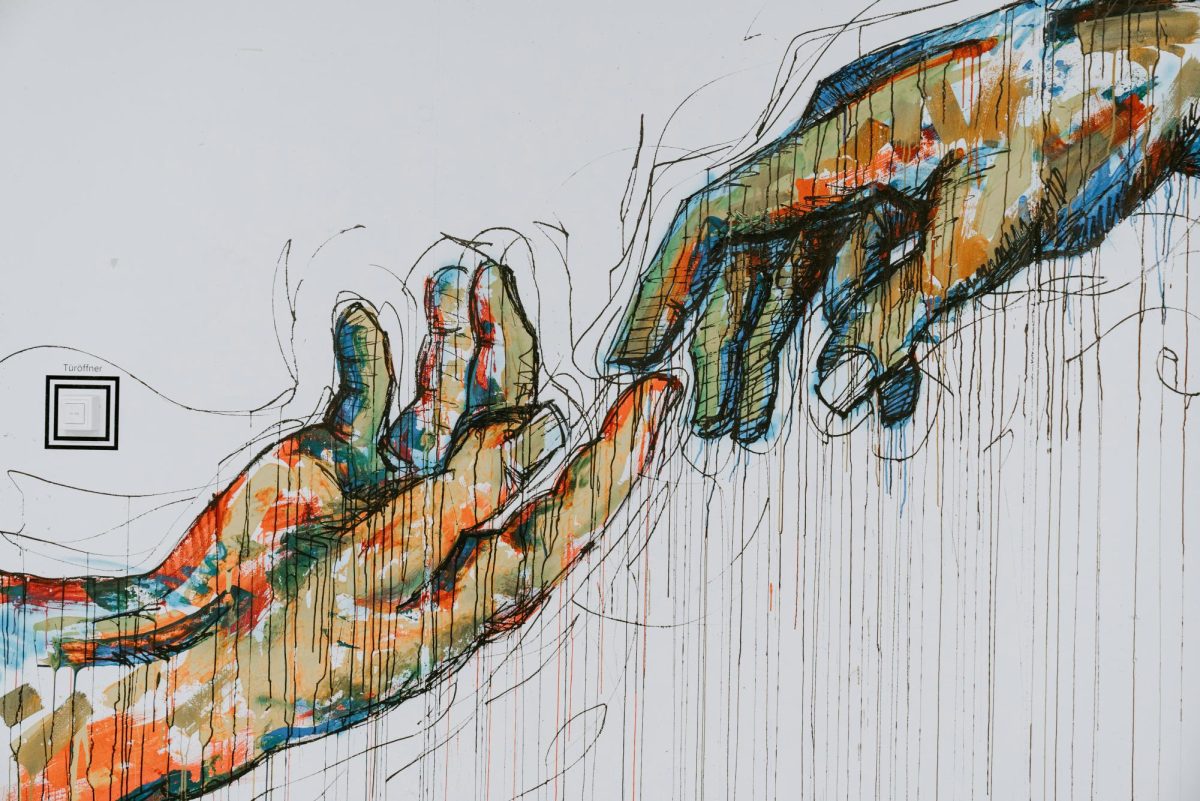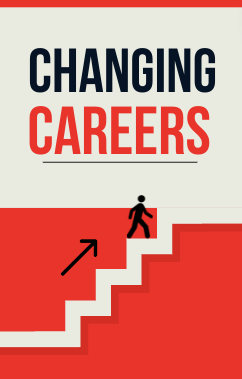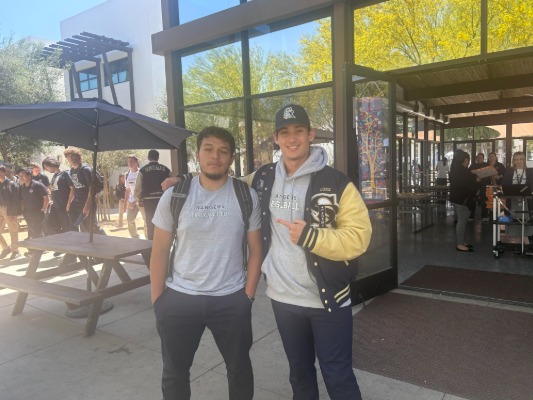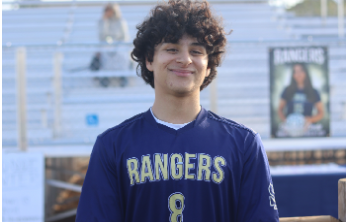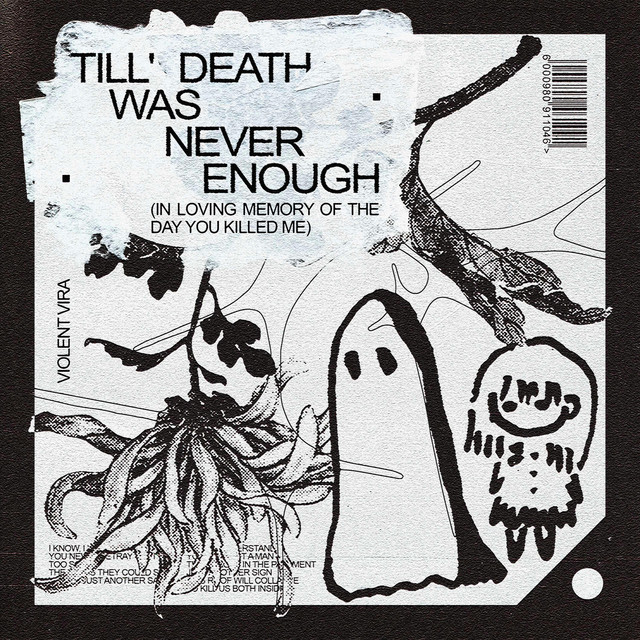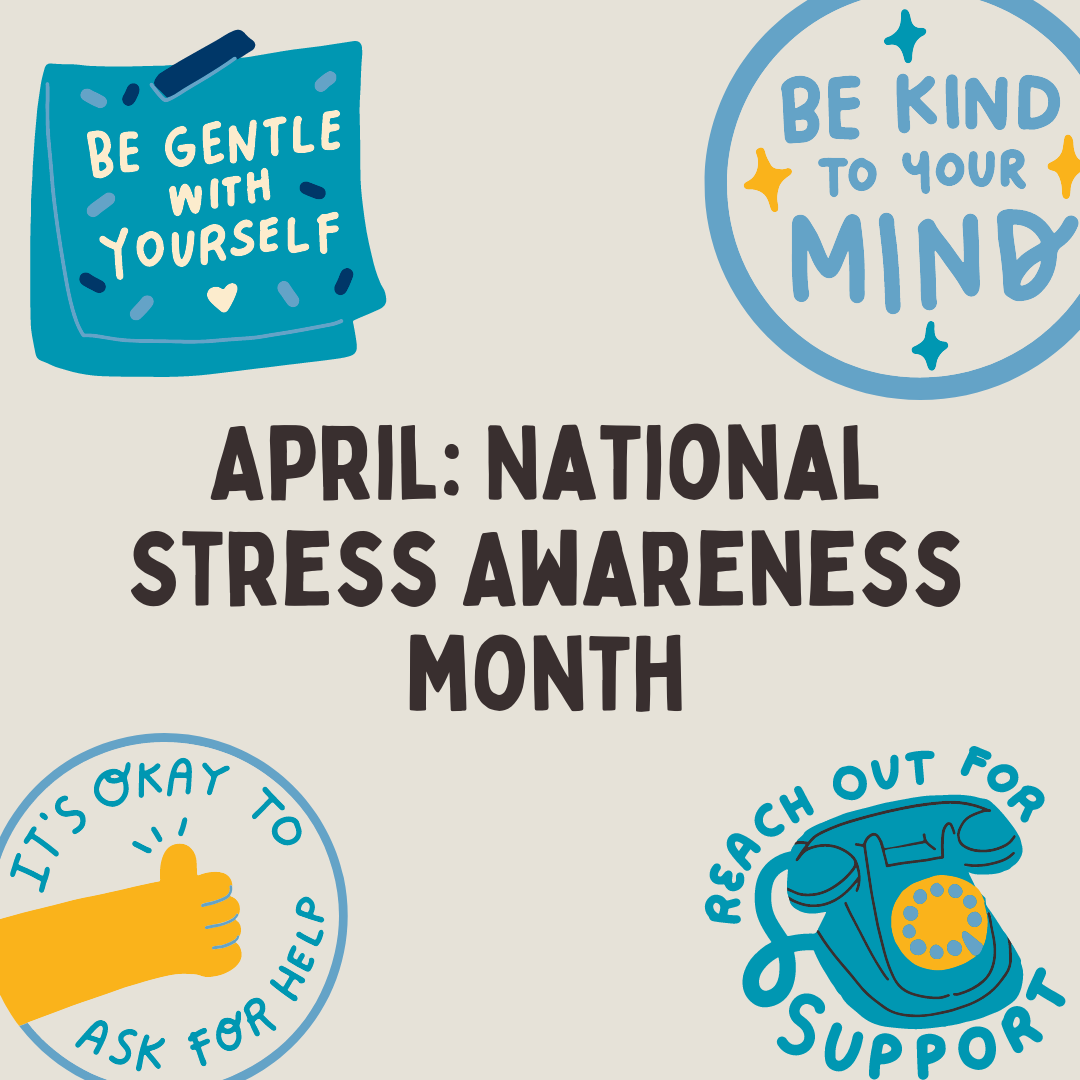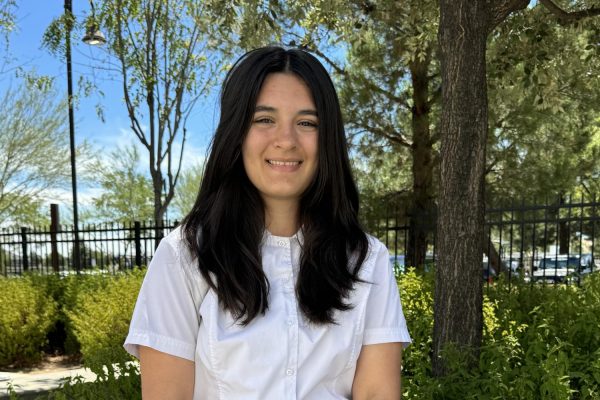It is disappointing how many people don’t understand the functions of autism. According to Mayo Clinic, the definition of Autism Spectrum Disorder (ASD) is, “a condition related to brain development that impacts how a person perceives and socializes with others, causing problems in social interaction and communication. The disorder also includes limited and repetitive patterns of behavior” (MayoClinic). What people tend to miss is the term “spectrum” in autism spectrum disorder, referring to the wide range of symptoms and severity. Keyword: wide range of symptoms, meaning no two autistics are equal. Like how each person’s brain functions and thinks differently from one another, it similarly applies to autistic symptoms. It’s important to listen to the different lives of people with ASD as they experience distinct symptoms, strengths, weaknesses, and problems in their daily lives. In this article, I will highlight these distinctions by providing insights, breaking common myths and stereotypes, and encouraging mutual understanding between neurodivergent and otherwise.
What does it even mean that autism is “on a spectrum”? As said before, it means that each person with ASD has unique symptoms. Some may share common symptoms, especially within the first few years of their lives, but one autistic is never the same as another. Children often show symptoms of autism in their time of developmental regression between 18 and 24 months of age, with a common symptom being a lack of verbal and expressive communication. As the child develops, symptoms vary depending on their upbringing and how much attention is brought to their symptoms affecting their social communication, interactions, and behavioral patterns. And these symptoms can go either extreme. “Some children with autism spectrum disorder have difficulty learning, and some have signs of lower than normal intelligence. Other children with the disorder have normal to high intelligence — they learn quickly, yet have trouble communicating and applying what they know in everyday life and adjusting to social situations” (MayoClinic).

Thus, we can’t assume ideas about autistic space from what we hear or see from others. “All autistics are the same” is a common stigma that is automatically debunked based on the information already provided. Autism is a spectrum, not a narrow characteristic. If someone acts dumb or unresponsive in a friend group, they’re often joked about as “acting autistic” in a negative light. This is insensitive to the reality of people with varying types of autism, which goes into another stereotype: “Autistics lack empathy.” Although some have trouble detecting emotions and social cues, it doesn’t mean they have none. Some autistics even have a great understanding and connection towards people, but they just don’t express it like the average person. Autistics can learn empathy and how to express it with time and patience.
When people, and even the medical fields studying autism, say, “Autism is a disease to be cured,” that is simply not true. It is a different way of interacting with the world and processing its information. When it’s said to be a “disease,” that implies the fact that it is a disorder or illness when there are many autistics that can function well in society. According to GoldenStepsABA, “There is no exact percentage of autism that is considered high functioning, as ASD is a spectrum disorder. However, studies suggest that about 30-50% of individuals with autism have average or above-average intelligence and can be considered high functioning.”
It is understandable for the average person to feel intimidated by those with neurodivergency, including autism. But there are many simple ways to engage and support those with autism. A key factor is actively listening and being patient. Many tend to have difficulty expressing communication and social cues, so do not diminish them for this weakness. Remember that the way they process information takes many different forms, and many have high levels of intelligence in diverse subjects. Respect their sensory needs and boundaries, and be aware of when they appear unresponsive. Don’t be surprised by their repetitive movements and patterns, as it’s a way for them to stimulate themselves – or help them function in whatever activity they’re doing. We should never make assumptions about their abilities as human beings, for strengths and weaknesses come in all shapes and sizes.
When we see someone doing something unusual but helping them function, nobody should assume anything negative about it as long as it doesn’t harm the person or other people. Of course, if anybody does anything that hinders their or others’ growth, that should be brought up. We should always try to find solutions to prevent people’s weaknesses from living their lives to the fullest, even if those weaknesses never leave. This applies to everyone, autistic or not. Thus, it should not matter how an autistic’s weaknesses stand out like a sore thumb as the minority in a social society, especially in America.
People with autism have many strengths that should be accounted for more than weaknesses. With one’s difficulty communicating comes attention to detail. Or with their restricted interests come unique talents. Historically, some autistics have also shown to be geniuses on certain topics. Albert Einstein, the scientist who invented many aspects of our modern technologies, could qualify as autistic today. Tim Burton’s wife believes he could have autism, with his unique perspective and intense focus on his creative works. Elon Musk confirmed himself to have autism on Saturday Night Live in May 2021, stating he’s “the first person with Asperger’s” to host on the show. As a reminder, “Musk is one of the world’s richest people with a net worth of more than $150 billion” (Behavioral Innovations). There are numerous other famous people suspected or diagnosed with autism: Leonardo da Vinci, Steven Spielberg, Thomas Edison, Benjamin Franklin, Henry Ford, Bob Dylan, Jane Austen, Charles M. Schulz, and the list goes on.
With this knowledge in mind, it should enable autistics (yes, now focusing the attention on you!) to speak out more confidently, feel free to be themselves and strive to learn and grow to strengthen their strengths. Even if nobody were to understand the nature of a neurodivergent mind, it is no excuse to neglect refining your communication skills. The more one practices, the better one gets… even for autism! People will see your effort and uniqueness, whether or not that’s acknowledged, and it will pay off!
As a person diagnosed with high-functioning autism, I understand how easy it can get to feel discouraged because of one’s disadvantage in communication, expression, and social skills. But through trial and error, I pushed myself outside of my comfort zone one step at a time and made it farther than I thought possible. Does this mean I’ve cured my autism, succeeded in my goals, and no longer have any social problems? No! But have I grown significantly since the past several years of pushing past my weaknesses and insecurities, gaining much more than if I were to stay in my shell? Absolutely! I didn’t do this on my own, either. People supported me on my journey, with parents reliable for constructive criticism and encouragement, and friends supporting my pursuits and accomplishments. Having a genuine, supportive group is key to growth and understanding on both sides. We won’t get anywhere without finding reliable, accountable, and supportive people, willing to understand and help us through our challenges.

Although Autism Spectrum Disorder (ASD) may be “incurable” due to the permanent effect on their perception and interaction with the world, strengthening the strengths that come with it and pushing through the weaknesses can break through a lack of understanding and show everyone what they are made of. People with autism can and have accomplished in careers, society, relationships, and personal development. Plus, with symptoms ranging on a wide spectrum, autistics color the world around us! Through supportive awareness and confidence in one’s abilities, neurodivergent and neurotypical individuals can bridge communication gaps and help everyone thrive together as a community. Amy Gravino sums up perfectly my final statement: “Autism is not something to be ashamed of. It’s something to be proud of.”
A final note: Unfortunately, I could not integrate quotes from interviews I conducted the past two weeks before publishing this article. I will, however, include them in a podcast following this article. So keep an eye out for that!






